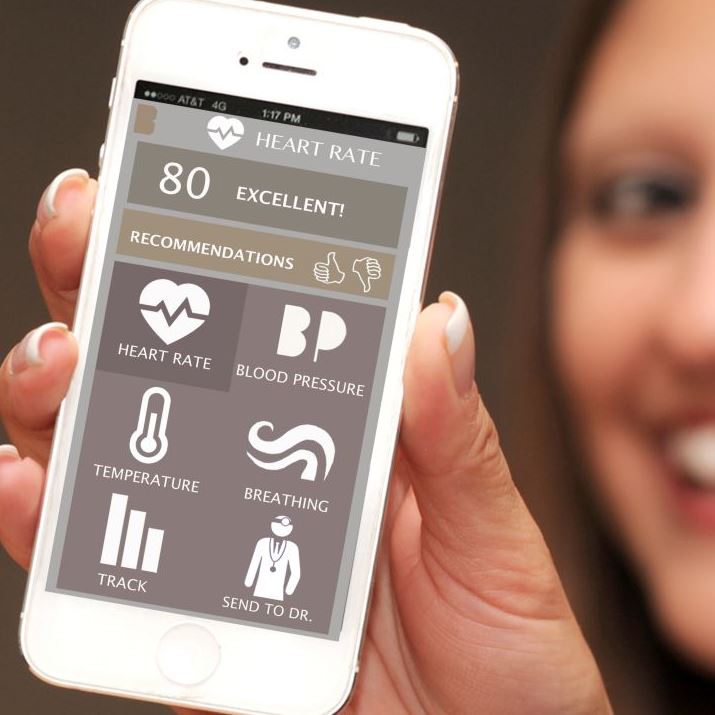By Sara Bauknecht
Pittsburgh Post-Gazette.
PITTSBURGH
For moms-to-be, it’s the age-old quandary: What should you expect when you’re expecting?
In the age of wearable technology, there could be more innovative, interactive ways for women to find out.
Blake Uretsky, 22, created a concept for a maternity clothing line that combines fashion and functionality. The collection of mix-and-match apparel designed with working women in mind would have conductive silver fibers embedded in the fabrics to track an expectant mother’s vital signs. A module that attaches to a belt buckle would transmit information such as heart rate, blood pressure, body temperature and respiration levels to an iPhone app, allowing her to review it and even email stats to her doctor.
The idea earned Uretsky, a senior at Cornell University, a $30,000 Geoffrey Beene national scholarship. The award was one of four given by the YMA Fashion Scholarship Fund, a nonprofit that supports promising fashion designers and entrepreneurs. Uretsky, who studies fiber science and apparel design at Cornell, received the honor in January in New York City at a gala. Former New York Yankee Mariano Rivera presented the prize.
Uretsky came up with the concept while working on a case study that posed the question: How can wearable technology and fashion design successfully work together? Her research found that people wanted wearable tech devices that not only fulfill a purpose but also are aesthetically pleasing. She picked maternity wear as her focus because she felt it was a market that lacked a lot of stylish, high-quality clothes and had potential for wearable technology.
She conducted 10 in-person interviews and surveyed others who were pregnant or had recently had a baby for their feedback. She also strapped on a padded baby bump herself and tried on maternity clothes in stores to get a sense of how they felt and what they lacked.
The 10-piece collection aims to “reveal and conceal,” Uretsky said, giving women the option of showing off their bump with more fitted pieces or camouflaging it with draping and layers. Another key element is a “grow with you” feature, meaning the apparel has wrap styles and asymmetrical hemlines that can adjust with women as their bodies change during and after pregnancy.
More than half the women Uretsky questioned expressed an interest in maternity wear that incorporated wearable technology. She worked with colleagues in Cornell’s fiber science department to develop a plan for how it would function. One local doctor supported the idea.
“I have (patients) who would love this,” said David Logan, director of obstetrics for Jefferson Regional Medical Center. “Nowhere do people get more interactive than when they’re pregnant. Anything that kind of aids them I think is valuable.”
Apparel like this could help pregnant women better monitor their health, especially when it comes to exercise, he said.
“Hypertension is one of your No. 1 complications in pregnancy,” especially for those who struggle with obesity, Dr. Logan said. “The ability to know what your vital signs are while you’re exercising as a pregnant women is really becoming popular.”
While there are fetal monitors that help women listen at home to a baby’s heartbeat inside the womb, there isn’t something quite like the wearable technology conceived by Uretsky for pregnant women, Dr. Logan said. And while there are benefits to these kinds of wellness-tracking technologies, misreadings can happen. In addition to technical glitches, users might not understand how the information collected reflects overall health, he said. Open communication with a doctor is essential for people to learn how to translate the data, Dr. Logan said.
“We want to partner with our patients for better health and better outcomes. However we partner with them, it’s going to lead to better outcomes.”
For now, the collection remains just a concept as Uretsky prepares to graduate in spring. After that, she has her sights on a career in women’s wear design. If she were to turn the blueprint for the maternity line into something that can be manufactured and sold, blouses and pants could go for $100-plus and dresses for $200-plus.














































































































































































































































































































































































